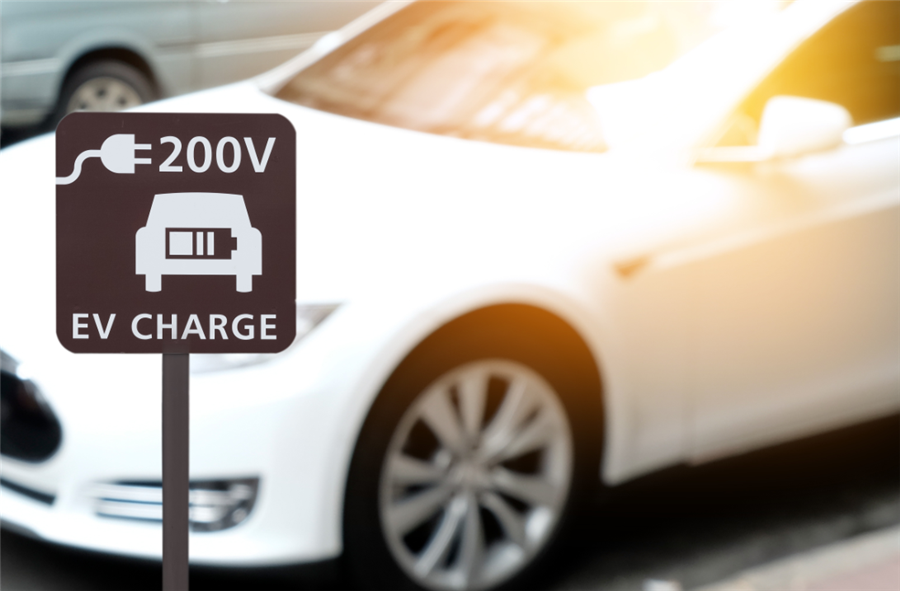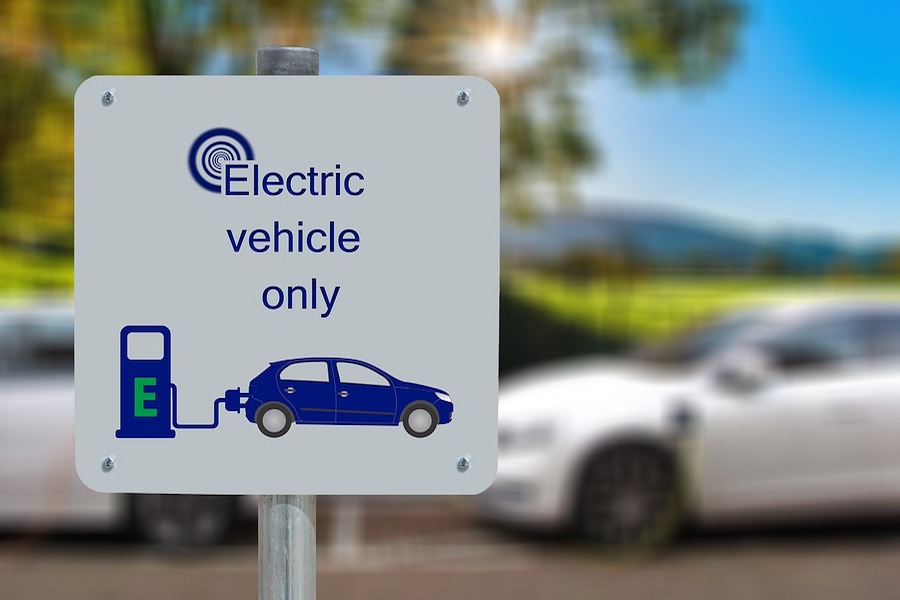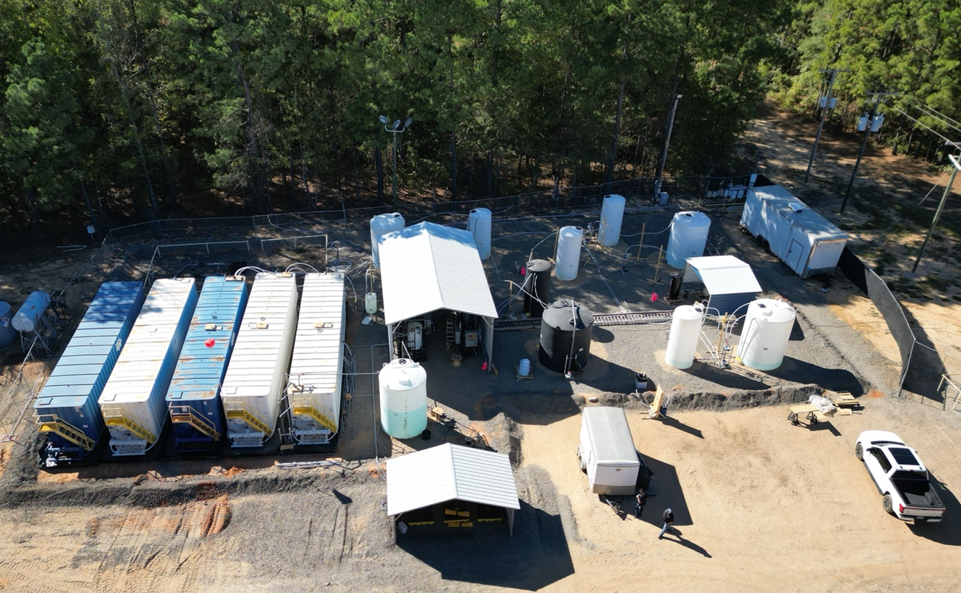“It was lithium and cobalt for the last few years that they worried about,” Moores said at a press briefing in London. “In the last four months it’s shifted; they seem pretty confident that the lithium and cobalt will be there in that timeframe.”

Investors and miners are already alert to the risk that supply will fall short of demand. Research commissioned by commodities trading giant Glencore Plc indicates that global demand for nickel in electric vehicles will hit nearly 1 million metric tons by 2030. That amounts to 55 percent of the metal produced globally in 2017. Prices look set to double by 2022, but producers still aren’t likely to keep up with demand from the automotive industry, according to Wood Mackenzie.
The buoyant outlook for battery demand has helped insulate nickel from a selloff in base metals over the past few weeks. Prices are up 5.7 percent so far this year at $13,490 a ton, while other base metals trading on the London Metal Exchange are down across the board.
As was the case with lithium and cobalt, there’s growing anxiety about how nickel and graphite producers will supply metal of the right quality in the right quantities when electric vehicle sales start to hit the mainstream, Moores said.
But investors betting on nickel’s battery-powered future may have a tougher time than those who have been chasing returns in the cobalt and lithium industry, Benchmark Minerals analyst Caspar Rawles cautioned.
“The one problem that nickel potentially faces is that investors are trying to catch what happened with nickel and cobalt a couple of years ago, and it’s premature,” Rawles said in London. Currently, it’s conventional usage in stainless steel that’s driving demand, and it will be several years before the red-hot battery market starts making an impact on prices, he said.






